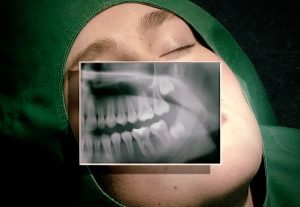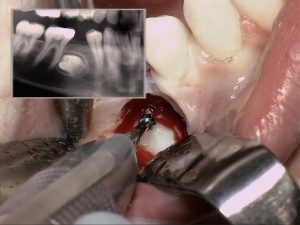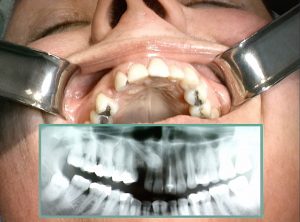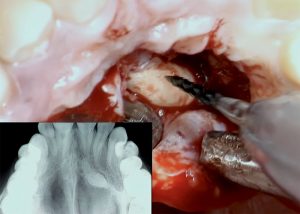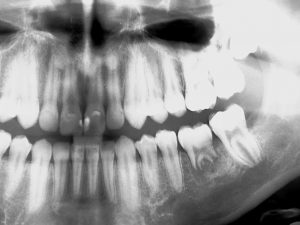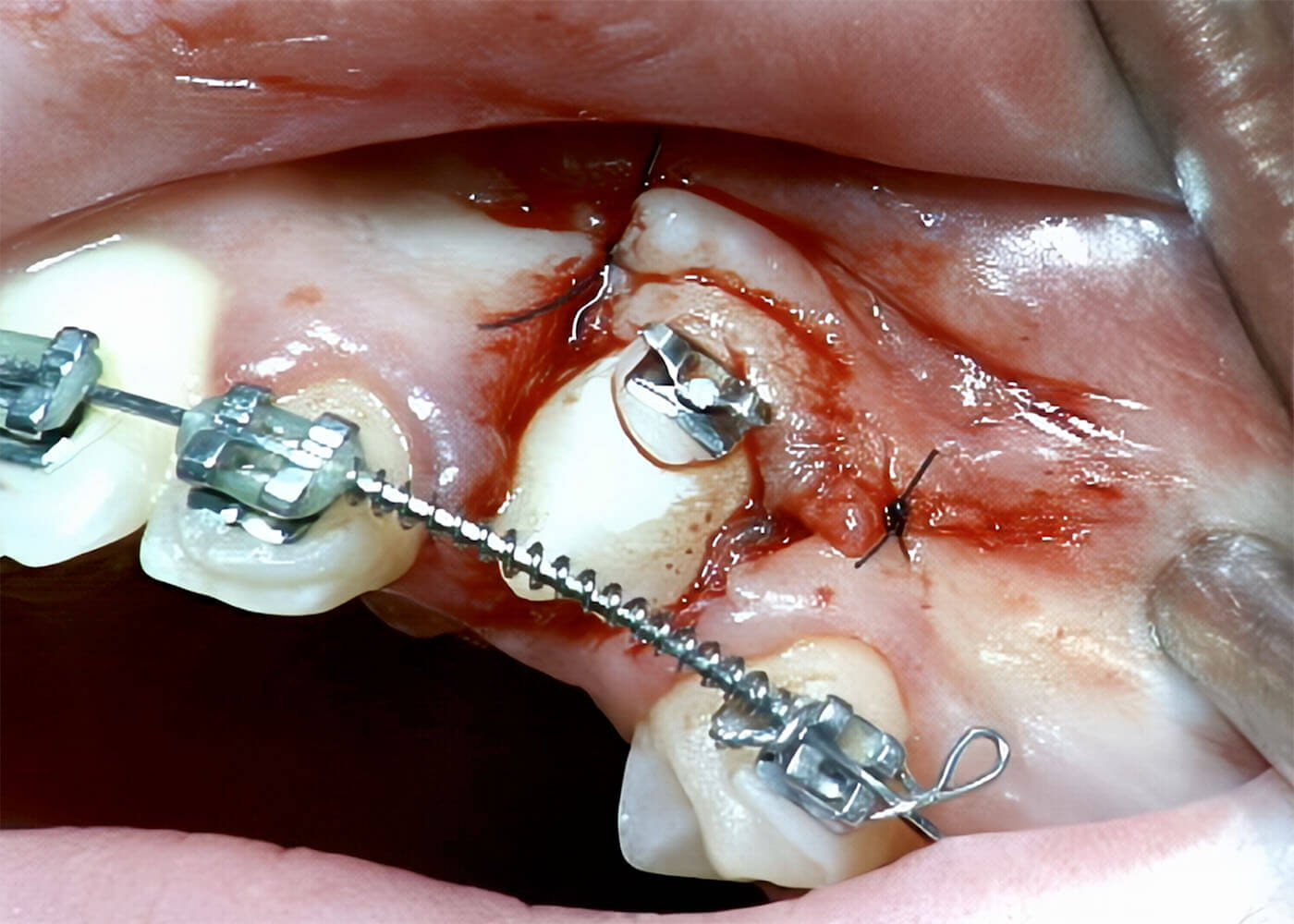
11. Surgical exposure of an impacted canine
The second most commonly retained tooth is the canine. To allow for proper dentation, a pathway must often be surgically cleared. To achieve this, the overlying soft tissue as well as the bone…
6,20€ inkl. MwSt.
Structure
- Prerequisites for the proper anatomical positioning of a retained canine
- Pathogenesis of retention
- Anesthesia und preparation of an apical sliding flap
- Exposure of 23 and fixation of a bracket
- Apical fixation of the gingiva flap
Description
The second most commonly retained tooth is the canine. To allow for proper dentation, a pathway must often be surgically cleared. To achieve this, the overlying soft tissue as well as the bone covering the crown must be removed and the keratinized gingival tissue must be used as a sliding flap to cover the neck of the tooth. This allows for sufficient growth of gingival tissue during the dentation process, facilitating a normal periodontal anatomic relationship. Following enamel formation, a bracket can be attached using a UV-activated adhesive.
